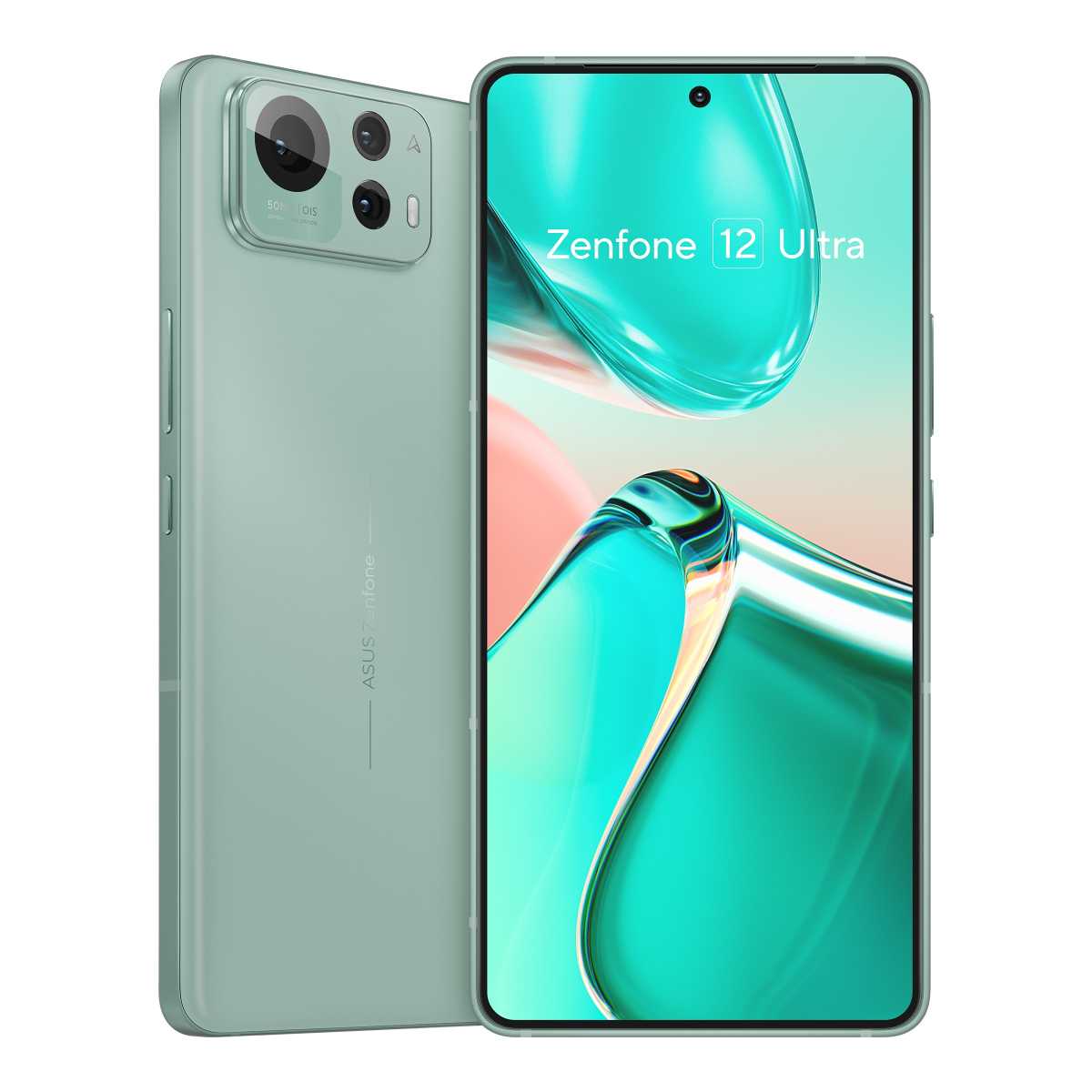The Asus Zenfone 12 Ultra has been announced, and it spells further bad news for anyone holding out hope for another compelling compact smartphone.
Up until last year, Asus was the last remaining torch bearer for high quality small phones that can fit comfortably into a front jeans pocket. The properly fitting kind, not the baggy type that the kids are all wearing these days.
When the year came and went with no sign of an Asus Zenfone 11 to follow up on the Asus Zenfone 10, our hopes took a major knock. Now, with the unveiling of the Asus Zenfone 12 Ultra, it seems all hope is lost.
We reached out to Asus and it said “We do not have any specific comments to make around a compact Zenfone 12.”
What is the Asus Zenfone 12 Ultra?
We started out talking about what the Asus Zenfone 12 Ultra isn’t, but let’s now talk about what it is. That is, another highly competent-looking flagship smartphone, and a direct follow-on from the Asus Zenfone 11 Ultra.
This means a familiar-looking 6.78-inch FHD+ LTPO AMOLED display that’s no one’s idea of compact, together with the same faster-than-average 144Hz refresh rate.
With a weight of 220g and a thickness of 8.9mm, the Asus Zenfone 12 Ultra is downright big even in regular phone terms. Just compare it to the recent Samsung Galaxy S25 Plus, which features a similar display size but weighs 190g and measures just 7.3mm thick.
Asus has justified that extra girth somewhat with a chunky 5500mAh battery. Though again, the OnePlus 13 recently managed to cram a 6000mAh cell into a fractionally lighter body. 65W wired charging and 15W Qi (not Qi2, sadly) make a return.
What’s new this time around?
While this is very much an iterative update on the Asus Zenfone 11 Ultra, there are a couple of fresh specs to talk about.
The most obvious is the use of Qualcomm’s latest Snapdragon 8 Elite chip, which is fast proving itself to be a bit of a star. This chip has seriously impressed us in the Samsung Galaxy S25 Ultra and the OnePlus 13, not to mention the Asus ROG Phone 9 Pro (with which the Zenfone 12 Ultra shares some DNA).
There isn’t much change on the camera front, beyond an updated 6-Axis Hybrid Gimbal Stabilizer 4.0 for even steadier shots and videos. While the inclusion of a Sony Lytia 700 main sensor sounds new, it’s basically a rebadged version of the 1/1.56″ Sony IMX890 from the Zenfone 11 Ultra. This is backed by the same 13MP ultra-wide and 32MP 3x telephoto.
In a decidedly Samsung-esque turn, most of what’s new here relates to AI features. AI Tracking, AI Portrait Video 2.0, and AI Voice Clarity for the camera; AI Transcript 2.0, AI Article Summary, AI Document Summary, and AI Call Translator 2.0 elsewhere (plus Google’s Circle to Search, naturally).
All this runs on Android 15 and the firm has told Tech Advisor that it will get at least two major updates and five years of security updates.
All in all, it’s looking to be a perfectly accomplished flagship phone, just like its predecessor. But we can’t help pining for something a little more… or rather, a little less.
It’s available in Ebony Black, Sakura White and Sage Green starting from €1,099.99 for a 16/512GB configuration. There’s no word on UK or US pricing or availability just yet.
The 11 Ultra was £869.99 at launch so it seems like a price rise might be on the cards.















